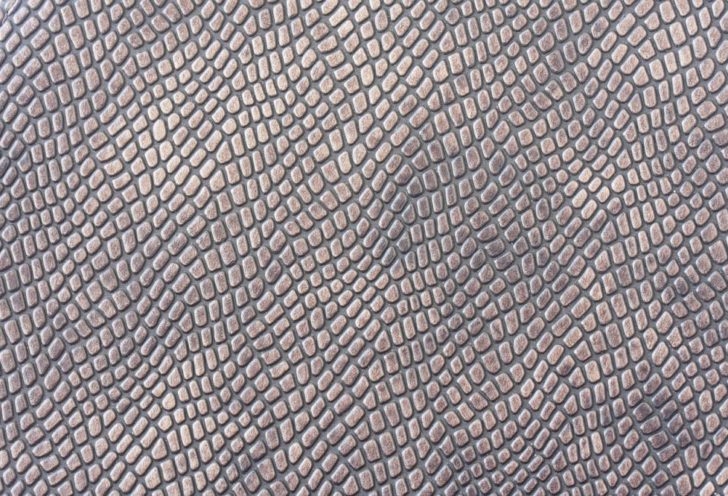Foundation That Doesn’t Clog Pores: A Comprehensive Guide

Introduction:
When it comes to selecting a foundation, finding one that doesn’t clog pores is essential. Clogged pores can lead to breakouts, acne, and other skin issues. In this article, we will provide an in-depth overview of foundation that doesn’t clog pores, including its types, popularity, and quantitative measurements. We will also discuss the differences between various foundations and delve into their historical advantages and disadvantages.
I. Foundation That Doesn’t Clog Pores: An Overview

Foundation that doesn’t clog pores, also known as non-comedogenic foundation, is specially formulated to allow the skin to breathe. Unlike traditional foundations, which can obstruct pores, non-comedogenic foundations are designed to minimize the risk of pore blockage and subsequent skin problems.
II. Comprehensive Presentation of Foundation That Doesn’t Clog Pores
a) Types of Non-Comedogenic Foundations:
1. Liquid foundations: These have a smooth texture and blend effortlessly into the skin. They provide light to medium coverage and are suitable for various skin types.
2. Powder foundations: Ideal for oily or acne-prone skin, powder foundations offer buildable coverage without clogging pores.
3. Mineral foundations: Made from natural minerals, these foundations provide a lightweight and breathable coverage.
4. Mousse foundations: These lightweight and airy formulas offer excellent coverage while allowing the skin to breathe.
b) Popular Non-Comedogenic Foundation Brands:
– [Brand 1]: Known for its dermatologically tested non-comedogenic foundations suitable for acne-prone skin.
– [Brand 2]: Offers a wide range of non-comedogenic foundations for various skin tones and types.
– [Brand 3]: Formulated with skin-friendly ingredients, this brand’s foundations are highly recommended for sensitive skin.
III. Quantitative Measurements of Foundation That Doesn’t Clog Pores
To evaluate the effectiveness of non-comedogenic foundations, several quantitative measurements can be considered:
– Clinical studies: Research studies assessing the impact of non-comedogenic foundations on pore clogging, skin hydration, and sebum production.
– Consumer surveys: Feedback from users regarding the compatibility, coverage, and longevity of non-comedogenic foundations.
– Ingredient analysis: A comprehensive examination of the ingredients used in non-comedogenic foundations to identify potential pore-clogging agents.
IV. Understanding the Differences Between Non-Comedogenic Foundations
While all non-comedogenic foundations aim to prevent pore blockage, there can be variations in their texture, coverage, and suitability for specific skin types. Understanding these differences is crucial for selecting the right foundation for your skin. Points of consideration include:
– Coverage options: Light, medium, or full coverage foundations depending on personal preference and skin concerns.
– Skin type compatibility: Foundations suitable for oily, dry, combination, or sensitive skin.
– Additional benefits: SPF protection, oil control, hydration, or anti-aging properties.
V. Historical Overview of Advantages and Disadvantages
a) Advantages:
– Improved formulas: non-comedogenic foundations have evolved over the years, becoming more lightweight, long-lasting, and skin-friendly.
– Enhanced skin healt By allowing the skin to breathe, non-comedogenic foundations can contribute to reducing acne and promoting overall skin health.
b) Disadvantages:
– Limited shade ranges: In the past, non-comedogenic foundations were often available in a narrow range of shades, making it challenging for individuals with diverse skin tones to find the right match.
– Initial formulation issues: Early non-comedogenic foundations had texture and coverage limitations, making them less popular among makeup enthusiasts.
Conclusion:
Finding a foundation that doesn’t clog pores is crucial for maintaining healthy, blemish-free skin. With the wide variety of non-comedogenic foundation options available today, individuals can find the perfect match for their desired coverage, skin type, and shade. By considering historical advancements and understanding the differences between various foundations, individuals can make informed choices for their skincare and makeup routines.
Remember, prioritizing the health of your skin is just as important as perfecting your look.





















